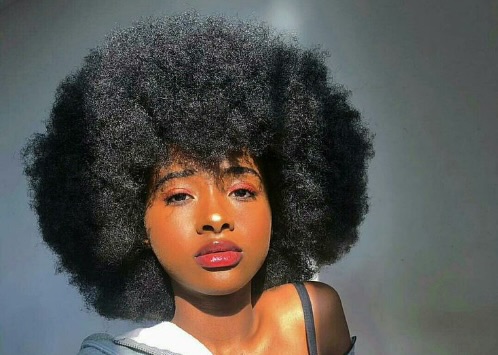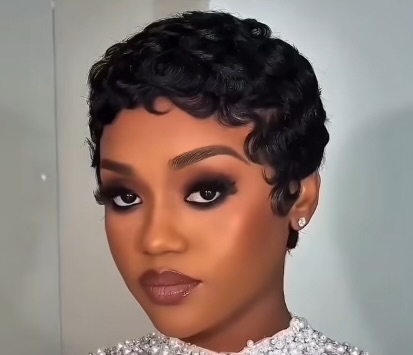When it comes to building a haircare routine that actually works, understanding your hair’s unique characteristics is essential.
Many people choose products or styles based on trends rather than what their hair truly needs, but the secret to thriving strands lies in knowing your hair type and density.
Once you identify both, caring for and styling your hair becomes much easier and more effective.
Hair type: Curl pattern and texture
Your hair type refers to your natural curl pattern, ranging from straight to coily. The widely used Andre Walker Hair Typing System divides hair into four main categories:
• Type 1: Straight
• Type 2: Wavy
• Type 3: Curly
• Type 4: Coily or kinky
Each category has subtypes (A, B, and C) that describe how tight or loose your curl pattern is. For example, 3A curls are loose and springy, while 4C coils are tightly packed and more prone to dryness. Understanding your curl type helps you choose products that enhance your texture, like lightweight creams for looser curls or heavier butters for tighter coils.
Hair density: How much hair you have
While hair type refers to texture, density is about how many strands grow on your scalp. To check your density, stand in front of a mirror and look at your scalp without parting your hair.
• If you can easily see your scalp, you likely have low density hair.
• If it’s visible only when you part your hair, you have medium density.
• If your scalp is hard to see even when sectioned, your hair is high density.
Density affects how your hair holds styles and products. Low-density hair benefits from lightweight, volumizing products that won’t weigh it down, while high-density hair thrives with rich creams and oils to maintain definition and control.
Knowing both matters
Your hair type and density work together to determine what your hair needs to look and feel its best. For example, two people with Type 4 hair may need completely different routines depending on whether their density is fine or thick.
Understanding these traits helps you create a customized regimen, so your wash days, styles, and products all work with your hair, not against it.





